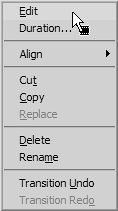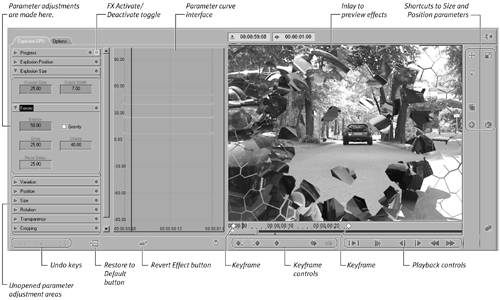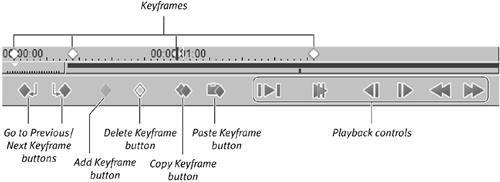Editing with Keyframes
| As you can see from the earlier examples, actually adding a transition is relatively easy. The fun really starts when you want to alter the basic parameters of that transition to create something unique in your project. This is called editing with keyframes (I explain keyframes in more depth in the "Understanding Keyframes" sidebar). The Transition Editor is similar in look and operation to the non-VST audio editors I introduced you to in Chapter 7, and you open them in a similar fashion. To open a Transition EditorDo one of the following:
|
EAN: 2147483647
Pages: 245
- ERP Systems Impact on Organizations
- ERP System Acquisition: A Process Model and Results From an Austrian Survey
- The Effects of an Enterprise Resource Planning System (ERP) Implementation on Job Characteristics – A Study using the Hackman and Oldham Job Characteristics Model
- Context Management of ERP Processes in Virtual Communities
- Data Mining for Business Process Reengineering


 Tips
Tips